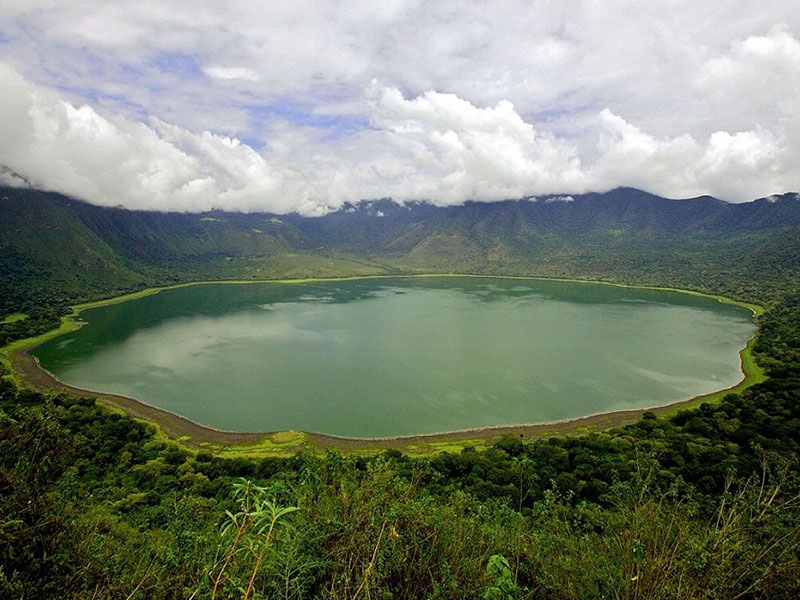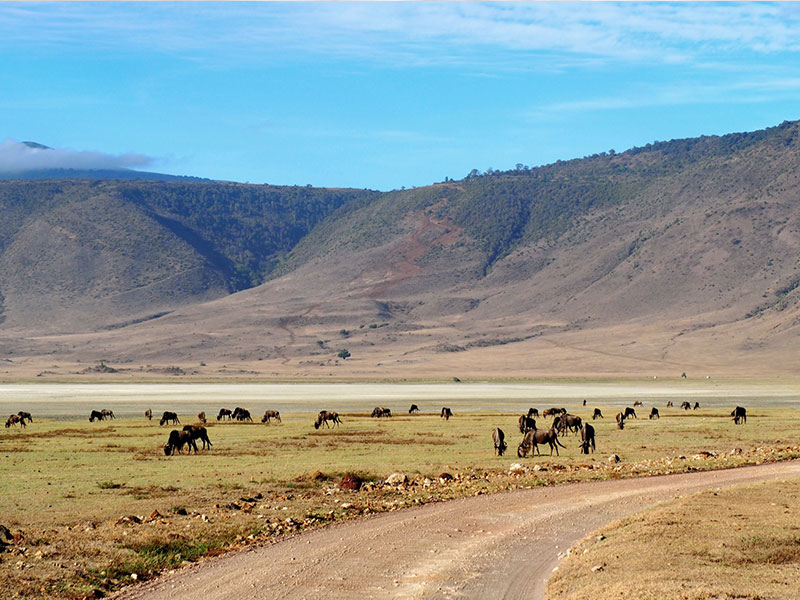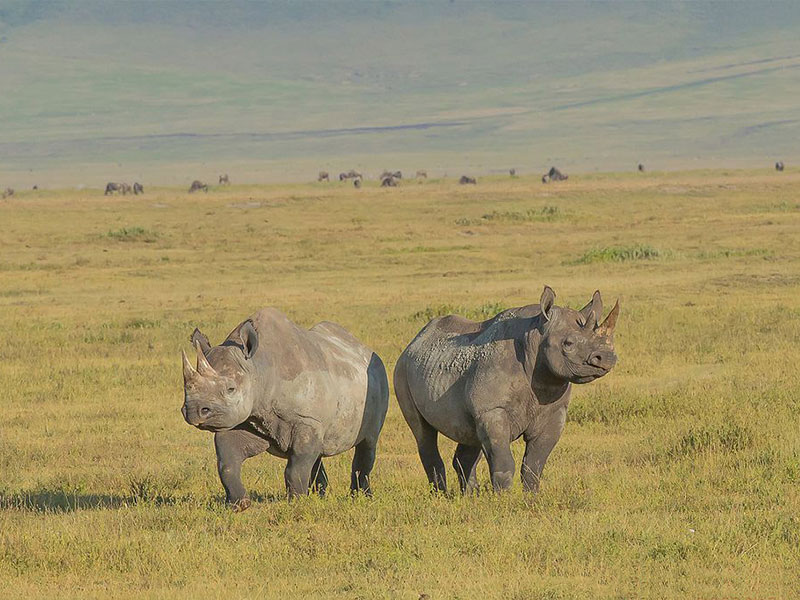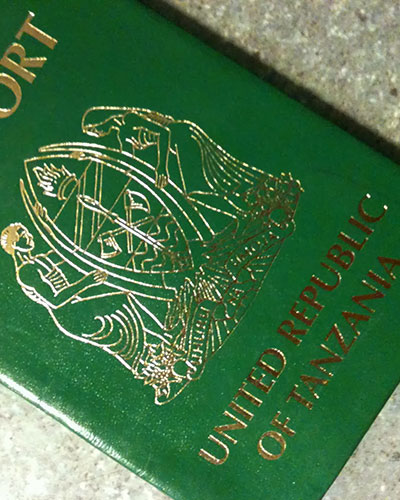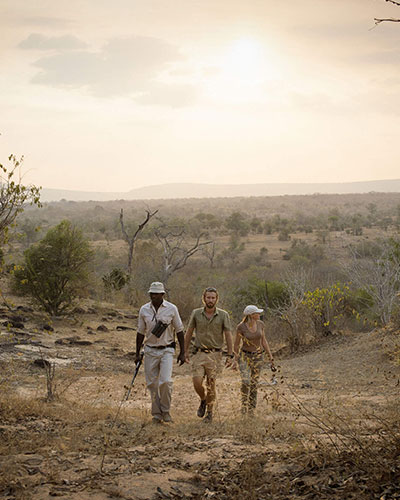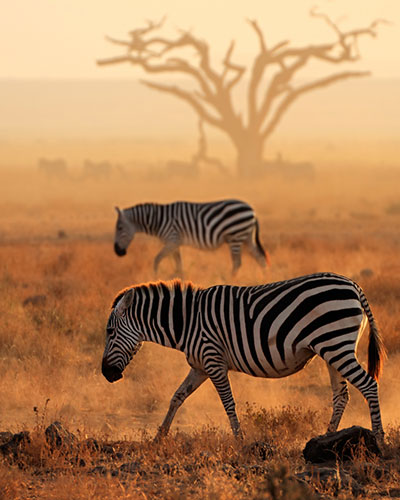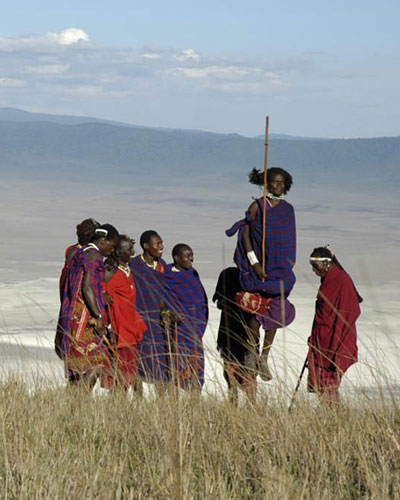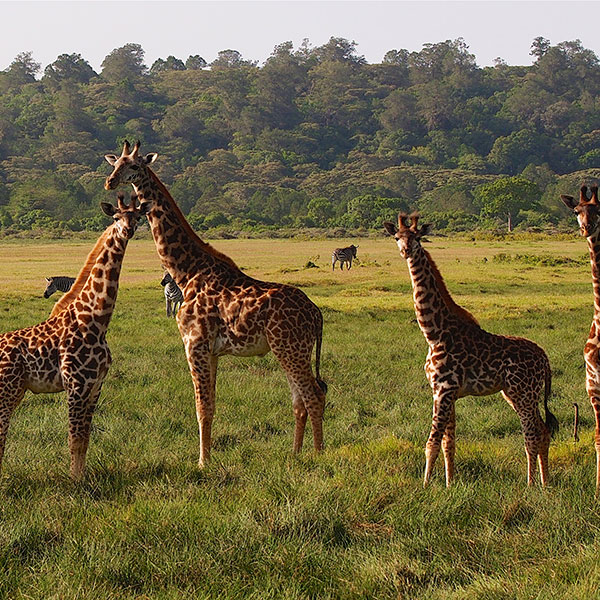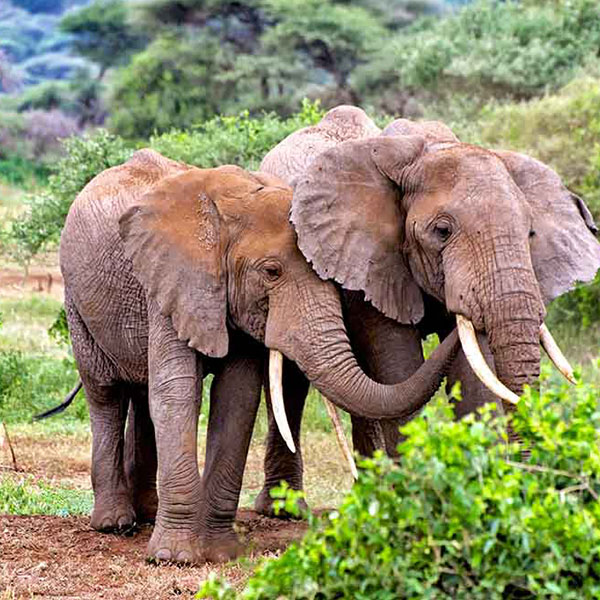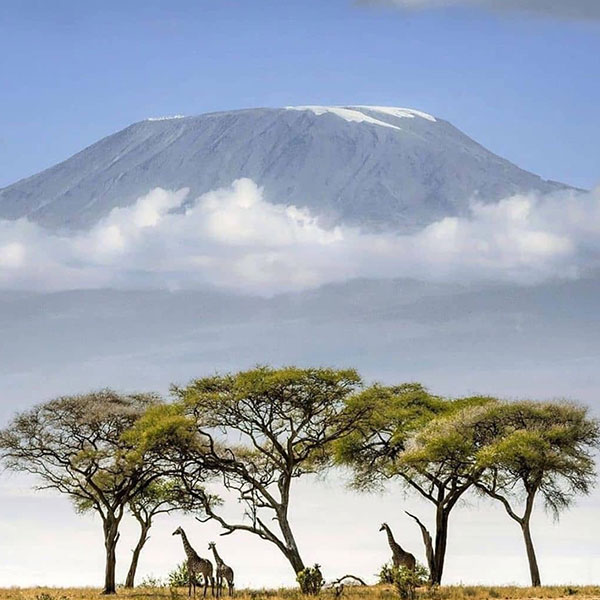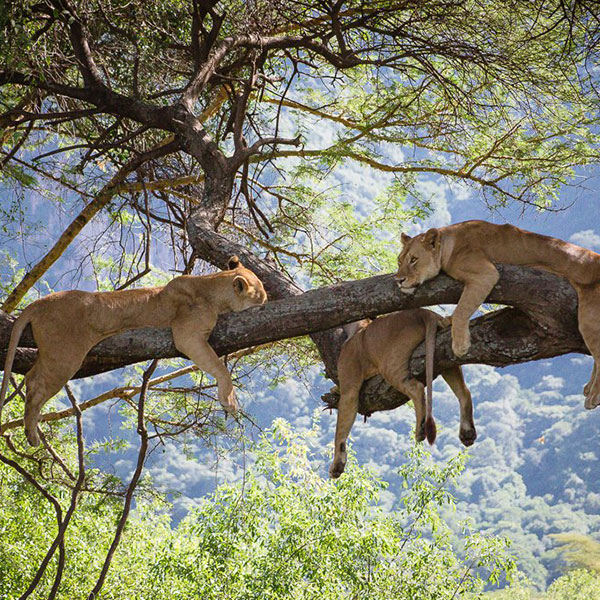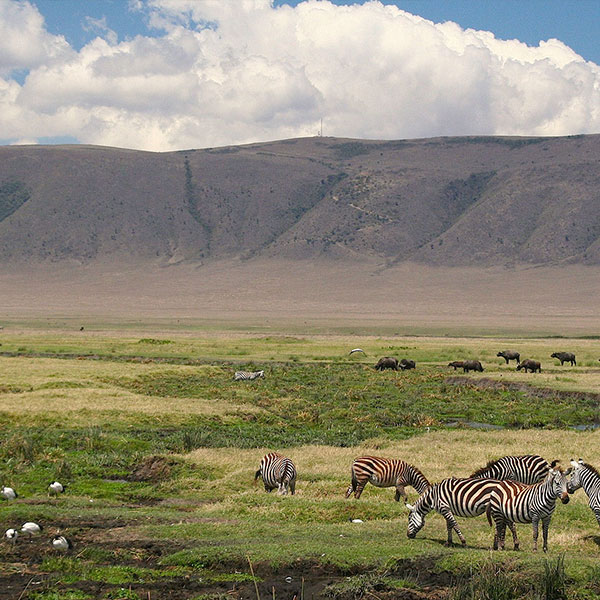Description
The Ngorongoro Crater is the world’s largest unbroken volcanic caldera, measuring around 11 miles across and encompassing 102 square miles. Its concentration of wildlife – over 25,000 animals – makes this UNESCO World Heritage Site one of the greatest natural wonders on the planet. It’s one of the largest unbroken (and extinct) calderas in the world, and it’s packed to the rim with 30,000 animals, including elephants, hyenas, lions, hippos, and flamingos. For visitors to Tanzania, Ngorongoro Crater is a must-see. Steep, forested walls tower 2,000 feet above the crater floor, providing incredible views of the lakes, forests, swamps, and springs below. One of the main draws beyond geography is the chance to see the critically endangered black rhino–about 30 inhabit the crater.
Getting There
Most people will visit the Ngorongoro Conservation Area as part of a bigger package, including a visit to the Serengeti. Conveniently, the conservation area lies en route and is only a three-hour drive on a tarred road from the town of Arusha, the starting point of all safaris in northern Tanzania. From Arusha, you can hop around the parks of the northern circuit by small aircraft on chartered or scheduled flights, or you can drive and do the whole circuit by safari vehicle. A popular option is to fly into the Serengeti and make your way back by safari vehicle via the Ngorongoro Crater, or the other way around. In most cases, your tour operator will pick you up from the airport.
Things to do:
- Game Drive
- Walking Safari
- Camping
- Visiting the Olduvai Gorge Museum
- Maasai cultural tour

